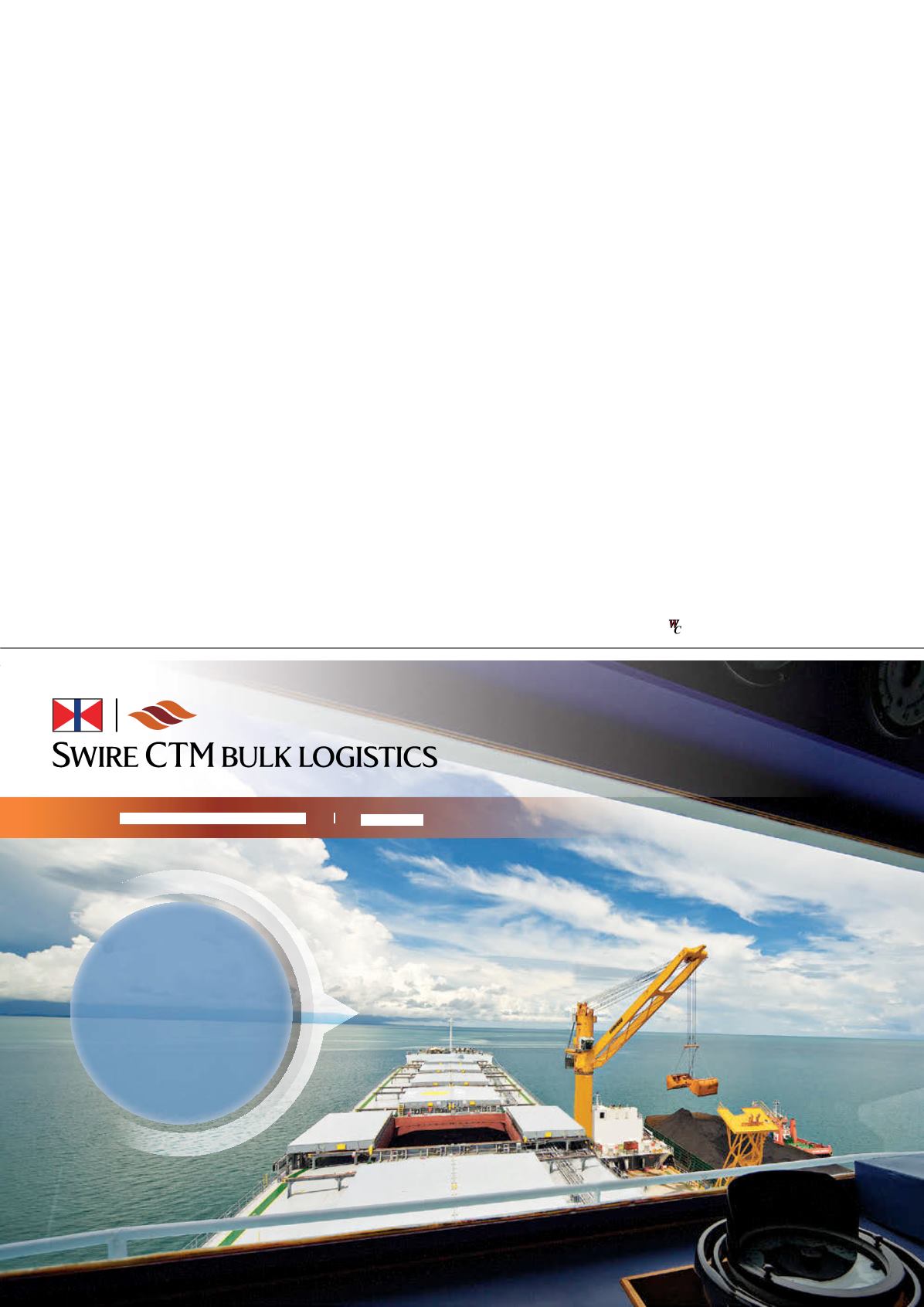
centrifuges on -100 mesh material.
Two chemicals (A and B) were
prepared as 1% solutions with plant
makeup water, and were dosed at
50 and 110 ml/t addition rates.
Without the chemical, the main
effluent solids content was
approximately 3.5%, which
represents a loss of clean coal. At the
lower dosage of either flocculant, the
solids content was lowered to about
0.3%, which corresponds to a 1.83 tph
gain of clean coal. At a higher
dosage, flocculant A reduced the
solids even further to 0.18% (gain of
1.91 tph). It should be noted,
however, that an increase in moisture
was also observed as a result of
capturing the fines.
Opportunities in the
coarse circuit
In general, the moisture content of
the clean coal product from a course
circuit is significantly below contract
specifications and therefore does not
garner much attention. However, on
a mass basis, the coarse circuit
product constitutes a very large
fraction of the final plant production
– so much that even a small
reduction in moisture may have a
very large impact on the final
product moisture. In some cases, this
reduction may even compensate for
moisture problems encountered in
fine circuits.
Given the potential benefits of
moisture reduction in the coarse
circuit, Nalco has designed another
speciality chemical. This surfactant is
to be added to the coarse coal
centrifuges. In recent tests conducted
at a US-based preparation plant with
centrifuges treating 0.5 in. x 0.75 mm
material, the chemical was added
from the spray bars located on the
drain and rinse screens, just before the
coal reported to the centrifuges. The
chemical was dosed at addition rates
of 25, 35 and 50 ml/t. As shown in
Figure 4, the centrifuge product
moisture decreased from about 6.5%
(without chemical) to about 6.2%
within 10 min. of beginning the
25 ml/t dose. At 35 ml/t, moisture
was further reduced to 5.8%. At the
highest dosage of 50 ml/t, the
product moisture was 5.6%, which
corresponds to nearly a 14% moisture
reduction (vs baseline). Considering
the very large tonnage of material in
the coarse coal circuit, this result is
certainly not trivial.
Consider the big picture
Each of the above discussed
operations is of course unique and the
results presented here may not
universally apply. However, where
moisture is an issue due to
mechanical limitations, use of
chemical dewatering aids, such as
flocculants and surfactants, may
result in significant improvements.
Solutions for fine circuit applications
are well demonstrated and becoming
increasingly common. It is important
to consider the big picture when it
comes to targeting plant
improvements, as seemingly small
gains in coarse circuit could lead to
substantial benefits in final product
moistures.
Contact :
WWW . SW I R E C T M B L . C OM
MISSIONS
To provide reliable
customised and cost-e ective
dry-bulk seaborne supply
chain services aimed at
bridging the gap between
Supplier and
Industry


